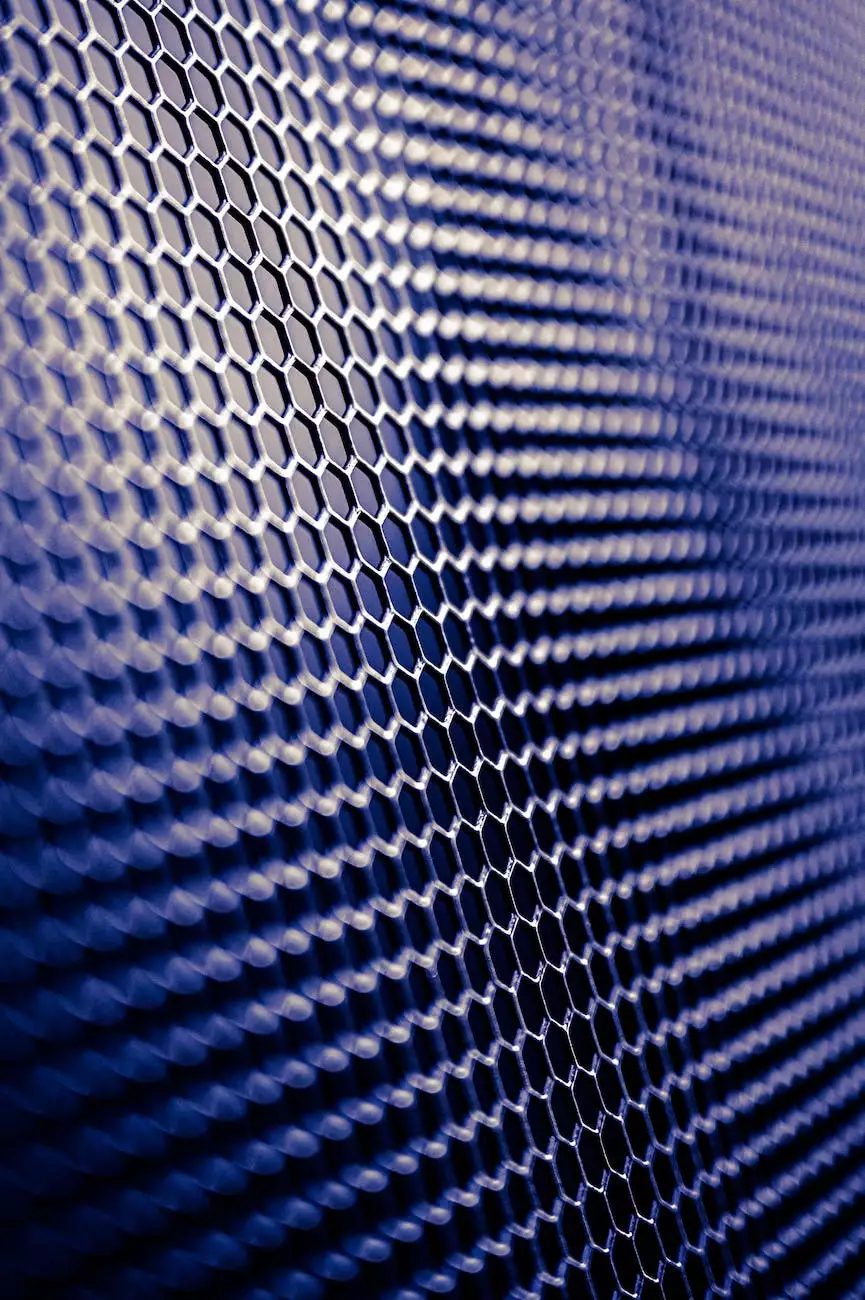How Do Heatsinks Work? | Applications & Designs
Design & Build Services
Introduction
Welcome to RPM Design and Prototype, your trusted source for high-quality heatsinks. In this article, we will discuss the intricacies of how heatsinks work, their applications, and different designs. Understanding the functionality and importance of heatsinks is crucial in today's technology-driven world.
The Basics of Heatsinks
Heatsinks play a vital role in dissipating heat generated by electronic components, ensuring their optimal performance and longevity. By utilizing various materials and designs, heatsinks efficiently transfer heat away from the source, preventing overheating and potential damage.
How Do Heatsinks Work?
Heatsinks primarily work through a process called thermal conduction. They are designed to have a large surface area, typically made of materials with high thermal conductivity such as aluminum or copper. When in contact with the heat-producing component, the heatsink absorbs the generated heat, allowing it to spread across its surface.
Once the heat is distributed across the heatsink, factors like the design, fins, and surface area help facilitate heat dissipation. Through convection, air or other cooling mediums pass over the heatsink's fins, increasing the rate of heat transfer. This process effectively cools down the component and prevents potential damage caused by excessive heat build-up.
Applications of Heatsinks
Heatsinks find extensive applications in various industries, ranging from consumer electronics to automotive and aerospace. Let's explore some of the common applications:
1. Computers and Electronics
In the world of computers and electronics, heatsinks are essential components in CPUs, GPUs, and power amplifiers. They ensure efficient heat dissipation and prevent thermal throttling, enhancing overall performance and stability.
2. Automotive and Transportation
With the increasing complexity of automotive electronics, heatsinks are utilized in critical components like electric vehicle (EV) motor controllers and braking systems. By keeping the temperature under control, heatsinks contribute to the reliability and safety of these systems.
3. Industrial and Manufacturing
Industrial machinery, power modules, and manufacturing equipment generate substantial heat during operation. Heatsinks are integrated into these systems to maintain desired temperature thresholds, ensuring smooth operation and minimizing the risk of component failure.
4. LED Lighting
LED lights are widely used in residential, commercial, and outdoor lighting applications. Efficient heatsinking is crucial to extend the lifespan and maintain the optimal performance of LEDs by dissipating excess heat.
Design Considerations
When selecting or designing heatsinks for specific applications, factors such as power dissipation requirements, available space, and thermal resistance play crucial roles. Different design features can further enhance the effectiveness of heatsinks:
1. Fin Design
The design and shape of fins significantly impact the heatsink's performance. Fins increase the surface area for heat dissipation and promote convective cooling. Common fin designs include rectangular, elliptical, and pin fin arrangements, each offering unique advantages based on specific thermal requirements.
2. Material Selection
The choice of material depends on factors such as thermal conductivity, weight, and cost. Aluminum heatsinks strike a balance between performance and cost-effectiveness, whereas copper heatsinks offer superior thermal conductivity at a higher price point.
3. Heat Pipes and Thermal Interface Materials
Heat pipes and thermal interface materials, like thermal paste or pads, can further enhance the heatsink's thermal performance by improving contact and conducting heat more efficiently between the component and the heatsink.
Conclusion
Heatsinks are indispensable in numerous industries, guaranteeing the optimal performance and reliability of electronic components. Understanding how heatsinks work, their applications, and various design considerations is crucial in selecting the right heatsinks for specific requirements.
At RPM Design and Prototype, we specialize in manufacturing top-quality heatsinks tailored for diverse industries and applications. Contact us today to learn more about our wide range of heatsink solutions and how we can fulfill your thermal management needs.










